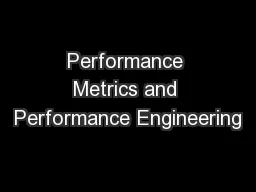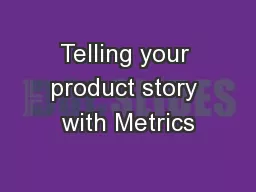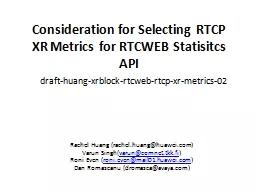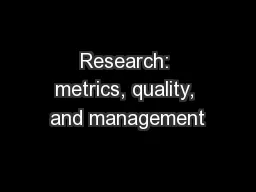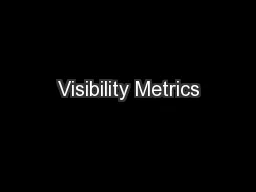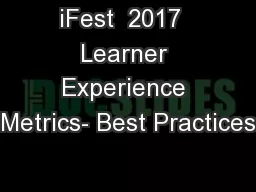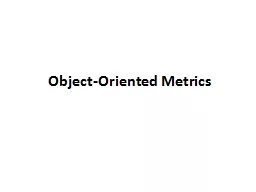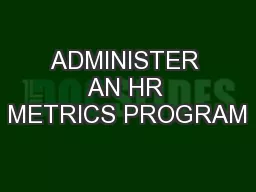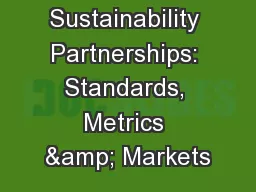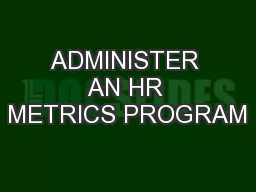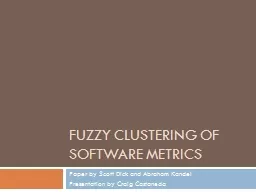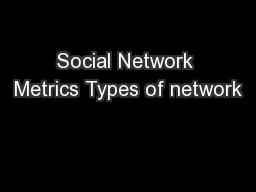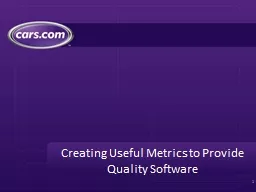PPT-Performance Metrics and Performance Engineering
Author : aaron | Published Date : 2018-10-29
Steve Chenoweth RHIT Above They look ready to perform but why are they sitting in the audience seats What is performance Its both of How fast and Capacity how many
Presentation Embed Code
Download Presentation
Download Presentation The PPT/PDF document "Performance Metrics and Performance Engi..." is the property of its rightful owner. Permission is granted to download and print the materials on this website for personal, non-commercial use only, and to display it on your personal computer provided you do not modify the materials and that you retain all copyright notices contained in the materials. By downloading content from our website, you accept the terms of this agreement.
Performance Metrics and Performance Engineering: Transcript
Download Rules Of Document
"Performance Metrics and Performance Engineering"The content belongs to its owner. You may download and print it for personal use, without modification, and keep all copyright notices. By downloading, you agree to these terms.
Related Documents

